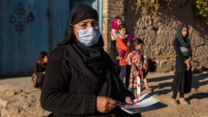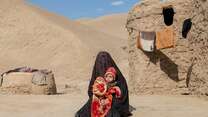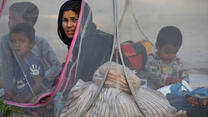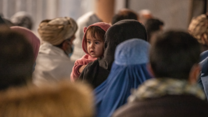In Afghanistan, state failure and economic collapse are now the primary drivers of a humanitarian catastrophe unfolding at breakneck speed. Unemployment and poverty are now the greatest drivers of internal displacement.1 The International Rescue Committee (IRC) has been providing assistance in Afghanistan for three decades, working today in 11 provinces. We see firsthand that while humanitarian aid saves lives, it cannot replace a functioning economy and state.
To date, the US and other Western governments have focused on providing humanitarian funding based on a famine prevention strategy, putting in place important humanitarian exemptions and offering much-needed clarity on sanctions regimes at the bilateral and multilateral levels. These steps helped avert the immediate threat of famine this past winter and have led to marginally improved food security projections over the coming months. The carveouts and clarity enabled agencies like the IRC to scale up lifesaving humanitarian assistance across Afghanistan, including districts that had long been inaccessible to humanitarian agencies. However, the crisis in Afghanistan is evolving into a catastrophe of choice as these same governments maintain policies of economic isolation that are pushing the Afghan economy to the brink and causing nearly 19m Afghans to experience high levels of acute food insecurity in the coming months. Access to Afghanistan’s foreign reserves remain frozen, the banking system grounded, and development assistance, which financed most government services, on pause. The impact has been swift and catastrophic for ordinary Afghans, compounding an already dire economic and humanitarian situation.
The international community can and should do much more to safeguard the lives and livelihoods of innocent Afghans, with action on the economy urgently needed. Recommendations for immediate actions to support public service delivery and the humanitarian response, as well as steps needed towards international engagement in support of the Afghan economy, are included in this report.



